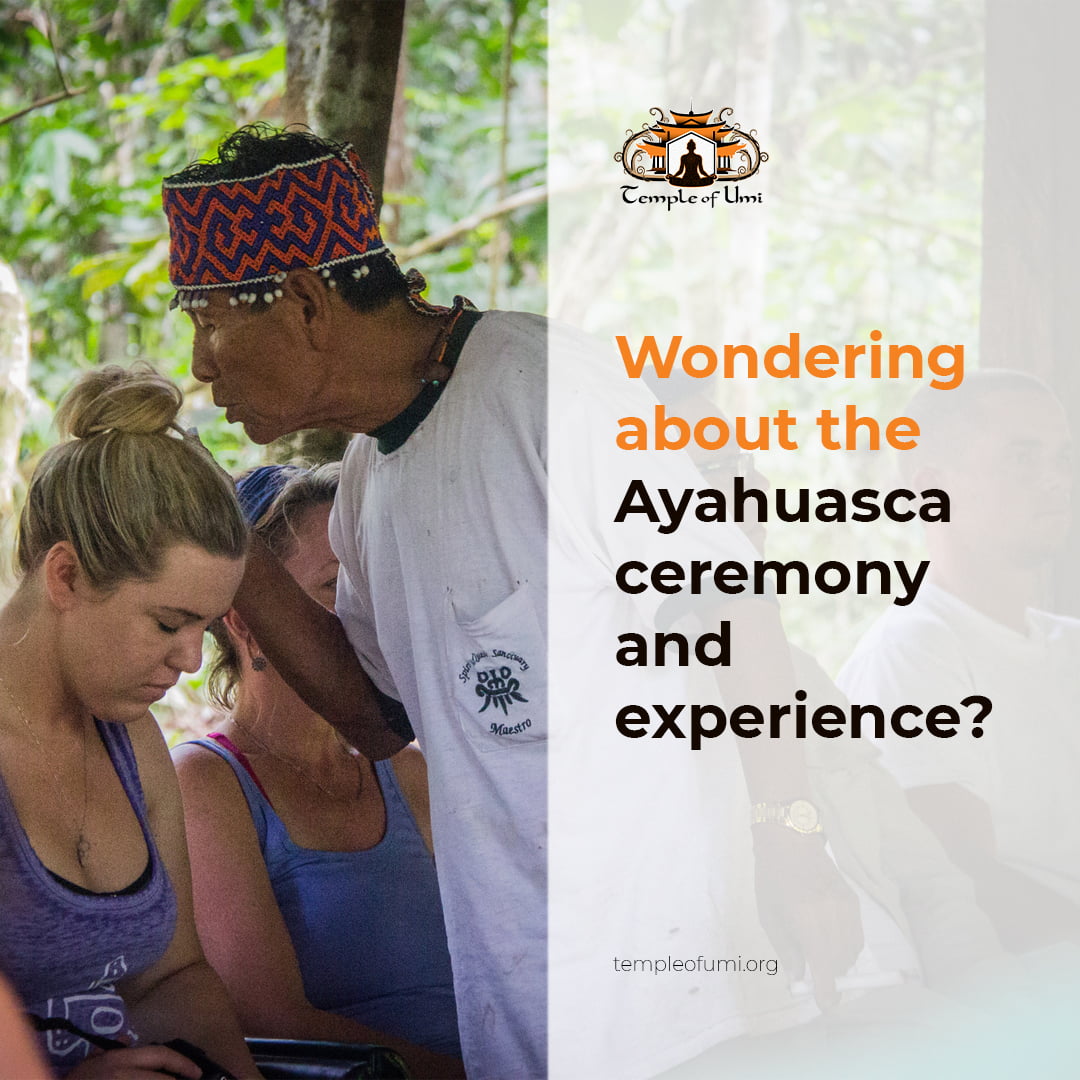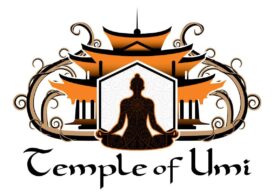VERY IMPORTANT NOTE:
if you are flying to our location, we strongly recommend scheduling your arrival between 10 am and 2 pm due to the one-hour distance of the airport and the retreat location and transportation.
To keep everyone safe during the pandemic, you must test negative for the COVID-19 test one day before attending the retreat.
We do not provide transportation, but we can recommend carpooling/ridesharing between attendees – Please let us know if you would like to connect with others for that purpose.
Ayahuasca is a powerful form of medicine, and it can occasionally interact with other medications or drugs. We, therefore, recommend that you find a natural way to detoxify your system at least two weeks before the retreat.
Limit your television and social media interactions unless necessary. Get acquainted with the medicine – Watch Netflix: The last shaman and Listen to Alan Watts on Spotify. We will also send you emails with additional information in that regard.
Two weeks before the retreat, we will hold our zoom calls each week to answer any questions you may have and support your decision.
PRE-RETREAT REQUIRE RESTRICTIONS
TWO WEEKS PRIOR, ABSTAIN FROM:
· Pork
· Sexual activities of any kind, including masturbation
· Alcohol
· Cannabis
· ALL street drugs (cocaine, MDMA, amphetamines, etc.) – obligatory for your safety and the possible energetic impact on other guests
· Spicy food
· Ice, ice cream, or ice-cold drinks
ONE WEEK PRIOR, ABSTAIN FROM:
· Refined sugars
· Red meat
· Junk foods
· Salt or pepper
· Sweets or chocolate
· Oils (if you must use oil, use olive or coconut oil very sparingly)
· Animal fats (lard, etc.)
· Carbonated drinks (including diet sodas, energy drinks, non-alcoholic beer)
· Dairy products
· Fermented foods
· Caffeine & other stimulants
ADDITIONAL RESTRICTIONS:
· IMPORTANT: Please get in touch with us if you are currently taking any medication or supplements.
· If you will be menstruating during the retreat, please inform your facilitators when you arrive.
· Ayahuasca is not compatible with pregnancy – we do not recommend it while pregnant.
4) Molecular test NEGATIVE of Covid 19 with 72 hours of anticipation
THE RETREAT INCLUDE:
· Your retreat will be overseen by experienced facilitators, Shipibo healer from the Amazon, and Inca medicine Qero healer from the Andes.
· A physician and two nurse practitioners will be present during the Ayahuasca ceremony to access a full range of state-of-the-art emergency medical equipment.
· Small groups of volunteers and facilitators will be in attendance to maximize the safety, comfort, and personalized attention of the retreats for our guests.
· A psychologist helps guests interpret their experiences individually and with the healer/shaman. In addition, consultations are available before and after the ayahuasca ceremonies during group meetings to share your experiences.
· Physical and psychological health questionnaire to evaluate risk factors. A doctor and psychologist are in charge of verifying the medical records and detecting any medical contraindications a person may have with Ayahuasca before the booking stage.
· Basic medical check to ensure physical suitability.
· Two different healings ceremonies, Inca shamanic healing techniques:
· Cleansing and floral ceremony (Therapy of forgiveness)
· Two Ayahuasca Ceremonies.
· Offering gratitude to Pachamama or Mother Earth.
· Munay Inca meditation.
· All food is simple vegetarian diet suitable for working with medicinal plants/ Ayahuasca
· Accommodation – within our facilities, you may find the necessities such as shared bathrooms.
ITINERARY
Day 1
2:00pm – 4:00pm – Welcome and registration
Individual consultation with the medical team
Group meeting
Introduction to discussions about Ayahuasca and ceremonies intentions
Prayer for the unification of energies: Shipibo wisdom honoring the plant.
5:00 pm – Andean philosophy discussion Inca religion & introduction to the meditation.
5:30 pm – Munay Meditation
6:30 pm – Preparation for the ceremony, quiet /personal meditation time
8:00 – First Ayahuasca ceremony
Day 2
08:00 am – Breakfast.
09:00 am – Group meeting – a chance to share the teachings you learn from the Ayahuasca ceremony. – Shipibo wisdom Icaros and plant diet.
10:00 am – Individual consultation with healers and psychology
12:30 am – Light Lunch
02:00 pm – Time for relaxation
04:00 pm – Andean Philosophy discussion ( Munay, Yachay, and Llankay)
05:30 pm – Munay meditation
06:30 pm – Preparation for the ceremony, quiet /personal meditation
07:30 pm – Second Ayahuasca ceremony
Day 3
08:00 am – Breakfast
09:00 am – Group meeting – a chance to share the teachings you learn from the Ayahuasca ceremony.
10:00 am – Time to leave

